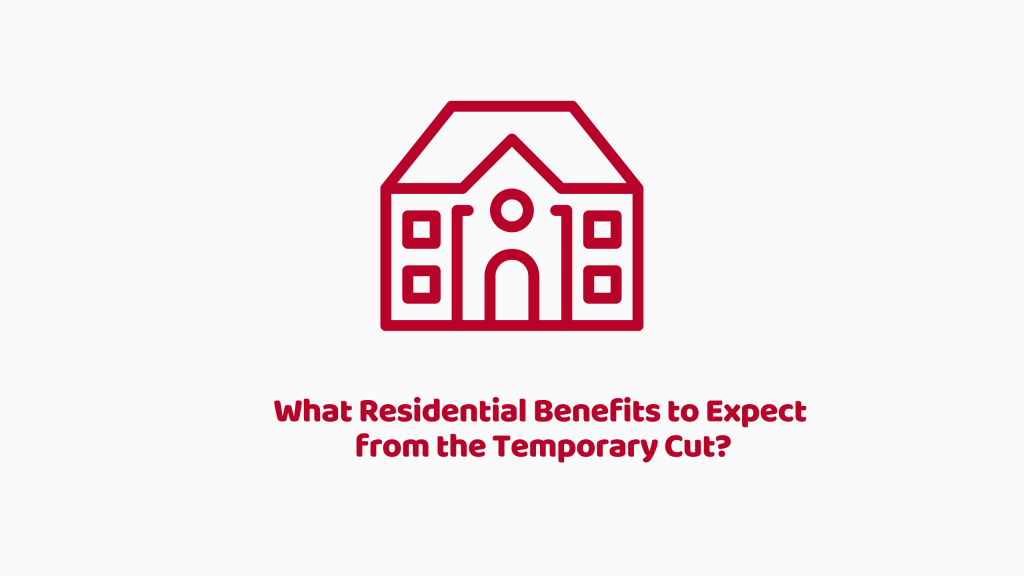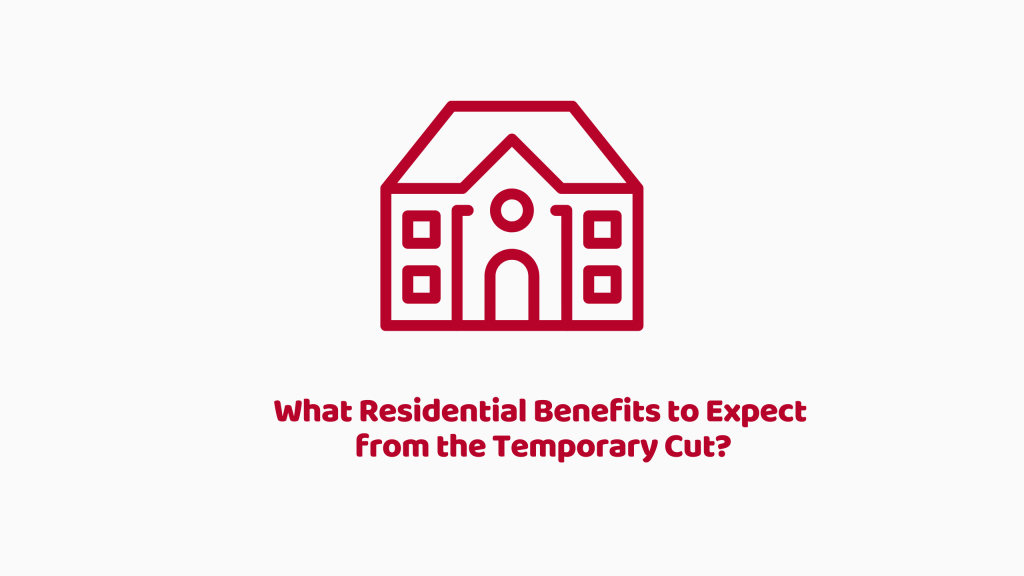The Government’s policy to increase the residential stamp duty land tax threshold is there since lockdown. What residential benefits must you expect from the temporary cut in SDLT? You’ll witness an increase in the threshold of £125,000 to £500,00. That was done primarily to make sure the property market gets back on its feet and soars above high. If you’re someone living in England and Northern Ireland, SDLT is for you.
What is SDLT?
Pay stamp duty land tax for land at a certain price. Tax is different if your property or land is in Scotland, Wales, and other adjoining areas. If you’re buying a property in these areas, you’re eligible for tax when you buy a freehold property, new or existing leasehold, or a shared ownership scheme.
If you’re thinking of investing in property, find out more about residential benefits. Chances are that you might want to dig into all the government policies. Let’s take a look at the overall impact.
| Property value | Main home | Additional properties |
| Up to £500,000 | Zero | 3% |
| Next £425,000 (£500,001 to £925,000) | 5% | 8% |
| Next £575,000 (£925,001 to £1.5 million) | 10% | 13% |
| The remaining amount (over £1.5 million) | 12% | 15% |
What SDLT Threshold Applies to Residential Properties?
The increased threshold applies only to residential properties; the threshold for non-residential and mixed properties remains unchanged at £150,000.
For SDLT purposes a residential property is defined as:
- A building used or suitable for use as a dwelling, or is in the process of being constructed or adapted for use as a dwelling;
- The garden or grounds of such a building, including buildings of structures on such land;
- An interest or right over land that subsists for the benefit of such a building or land (for example, a right of way).
The test is at the effective date of the transaction.
In deciding whether the garden and grounds form part of a residential property, remember the SDLT test differs from that for private residence relief purposes for capital gains tax purposes.
Prior to the reduction, the non-residential and mixed rates were lower than the residential rates, so it was in HMRC’s interests for the property to be classed as a dwelling. The tribunal case of P N Bewley Ltd v HMRC [2019] TC06951, highlighted the problems that may arise in relation to dilapidated buildings and illustrates that what HMRC may consider being a ‘dwelling’ may differ from what a layperson may regard as being suitable for use as a dwelling. However, this approach may help the taxpayer to benefit from the lower residential rates applying until 31 March 2021.
What Threshold Applies to Additional Properties?
A 3% supplement applies to second and subsequent residential properties. As this is applied to the reduced residential rates, those looking to buy a second home or an investment property in England or Northern Ireland will also benefit from the cut.
What Threshold Applies to First-time buyers?
Prior to the reduction, a higher threshold of £300,000 applied to first-time buyers, as long as the purchase price was not more than £500,000. While first-time buyers paying less than £300,000 are unaffected by the reduction, those buying residential properties costing more than £300,000 will benefit from the reduction.
What Threshold Applies to Mixed-use properties?
Properties that are both residential and non-residential (for example where there is both a residential and a business element) pay SDLT at the non-residential rates. This is usually beneficial but means such properties will not benefit from the temporary increase in the residential SDLT threshold.
What Threshold Applies to Properties in Scotland and Wales?
If a residential benefit applies to properties in Scotland and Wales, what threshold applies to it? The residential threshold for land and buildings transaction tax in Scotland is increased 145,000 to £250,000 from 15 July 2020 until 31 March 2021 and the residential threshold for land transaction tax in Wales is increased from £180,000 to £250,000 from 27 July 2020 until 31 March 2021. However, unlike the rest of the UK, purchasers of additional properties in Wales do not benefit from the increase; the supplement is applied to the rates applying prior to 27 July 2020.
Partner note: FA 2003, Pt. 4; www.gov.uk/guidance/stamp-duty-land-tax-temporary-reduced-rates






















































